There’s something primitively satisfying about environments where wood takes center stage – the warmth of aged timber beneath your fingertips, the subtle scent of cedar in woodland cabins, the craftsmanship of joinery that has stood for centuries without a single nail. For travelers with an appreciation for this most versatile natural material, certain destinations offer immersive experiences that celebrate wood in its many forms. From architectural traditions that elevate timber to an art form to forests where you can witness living trees in their ancient majesty, these locations connect visitors to both the natural source and human craftsmanship that transform simple lumber into something approaching poetry.
Here is a list of 15 destinations where wood lovers can indulge their appreciation for timber in its many magnificent forms.
Kyoto, Japan

Japan’s former imperial capital showcases wood craftsmanship elevated to spiritual levels through centuries of refined architectural traditions. Kiyomizu-Dera Temple stands as a masterpiece of timber construction, built without a single nail yet maintaining structural integrity through precisely cut joinery for over 1,200 years.
The city’s traditional machiya townhouses feature intricate wooden lattice facades (koshi) that filter light and create privacy while showcasing the versatility of hinoki cypress. Kyoto’s famed Kitayama cedar, cultivated over centuries for its straight, knot-free quality, represents the pinnacle of Japanese wood cultivation, with techniques passed through generations to produce timber specifically for architectural perfection.
Bergen, Norway

This gateway to the fjords features the UNESCO World Heritage Site of Bryggen – a row of colorful wooden buildings along the harbor dating from the 14th century. These timber structures tell Norway’s story through their weathered wooden facades, with some buildings incorporating elements salvaged from medieval vessels, literally bringing shipbuilding techniques ashore.
The city’s surrounding mountains host some of Europe’s oldest stave churches, where intricately carved wooden dragons and serpents reveal Viking influences on Christian architecture. Bergen’s Nordic climate has preserved these wooden structures for centuries, demonstrating how timber architecture can endure even in harsh environments when builders understand their material’s properties.
Like Travel Pug’s content? Follow us on MSN.
Hida Takayama, Japan
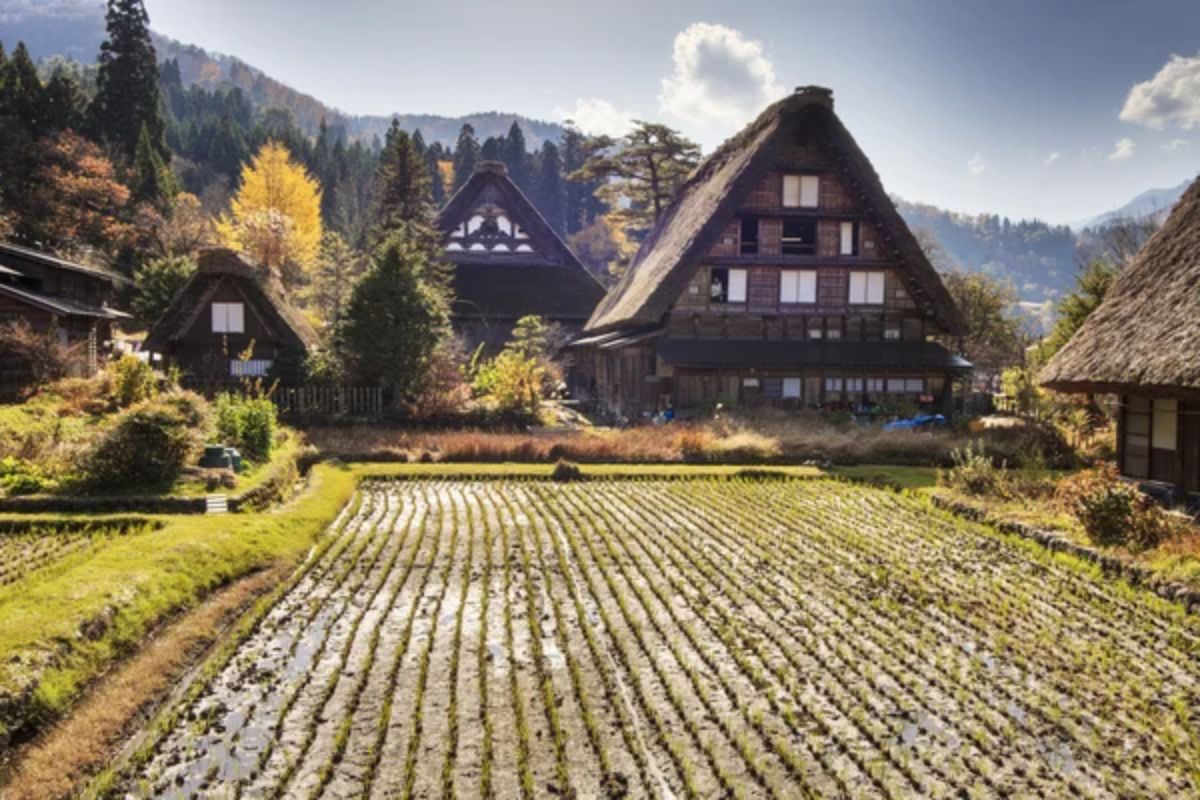
This mountain town in the Japanese Alps maintains wooden architectural traditions that have remained largely unchanged since the Edo period. The beautifully preserved old town features timber-framed merchant houses with distinctive projecting lattice bay windows and massive wooden support beams that remain exposed as architectural features.
The region’s famous Hida craftsmen continue producing furniture using traditional techniques, including their signature curved wood created through a special steaming process that transforms rigid lumber into flowing forms. The nearby Hida Folk Village features relocated historic farmhouses with massive thatched gassho-zukuri roofs supported by complex wooden frameworks designed to withstand heavy mountain snowfall.
Zakopane, Poland
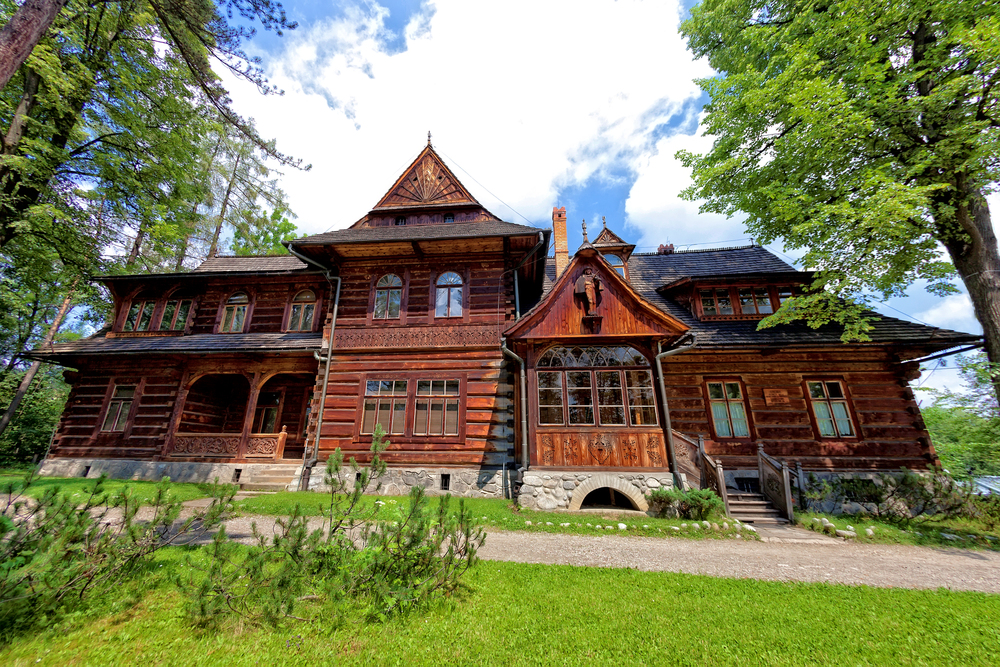
This mountain resort town in the Tatra Mountains showcases a distinctive regional wooden architecture style developed by local carpenter Stanisław Witkiewicz in the late 19th century. The Zakopane Style combines traditional highland timber construction with Art Nouveau influences, featuring intricately carved decorations, steep rooflines, and dramatic overhanging eaves.
Local wooden churches incorporate remarkable structural solutions to create soaring interiors without central supports, demonstrating how timber can create both intimate and monumental spiritual spaces. The town’s market still features traditional woodcraft including hand-carved chess sets, walking sticks, and furniture that connect contemporary visitors to carpentry traditions maintained across generations.
Brygge, Denmark

This open-air museum near Copenhagen preserves wooden buildings from across Denmark, creating a comprehensive archive of Nordic timber architectural traditions spanning from the 17th to the 20th centuries. Unlike more famous destinations, Brygge focuses on everyday wooden structures rather than monumental buildings, showcasing how ordinary people lived with and within timber constructions.
The site’s working craftspeople demonstrate traditional woodworking techniques from basic carpentry to fine furniture making, allowing visitors to witness the transformation from raw lumber to finished products. The museum’s restoration workshops provide rare opportunities to see conservation specialists addressing the unique challenges of preserving historic wooden structures using traditional methods rather than modern shortcuts.
Like Travel Pug’s content? Follow us on MSN.
Savannah, Georgia

This Southern coastal city features some of America’s finest wooden Victorian architecture, with elaborately detailed trim work showcasing what skilled craftsmen could accomplish with humble timber. The Historic District contains hundreds of wooden homes featuring distinctive regional adaptations to the humid climate, including raised foundations and deep porches that maximize airflow while showcasing intricate turned columns and balustrades.
Perhaps most impressive are the city’s wooden staircases – both exterior and interior – that demonstrate how timber can be transformed into seemingly impossible curves and spirals by skilled hands. The city’s signature live oak trees draped with Spanish moss create natural wooden architecture that complements the built environment, their massive limbs extending horizontally in defiance of gravity.
Gifu Prefecture, Japan
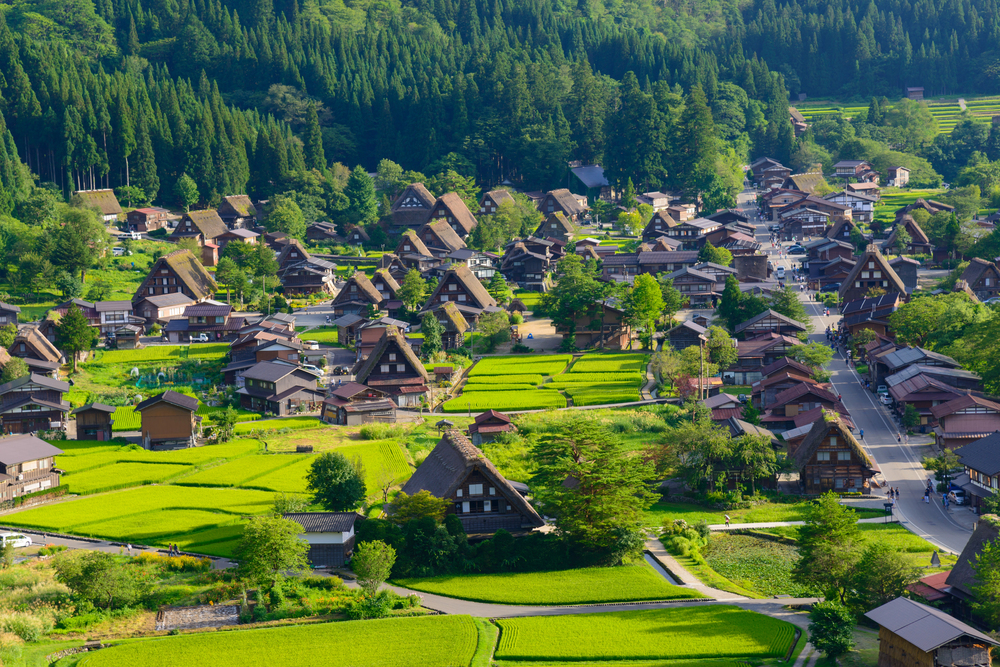
This mountainous region features Japan’s most perfectly preserved example of traditional wooden architecture in Shirakawa-go, where gassho-zukuri farmhouses have stood for centuries. These remarkable timber structures feature steep thatched roofs resembling praying hands, supported by complex wooden frameworks constructed without nails or metal fasteners.
Unlike coastal architecture, these mountain buildings were designed to support snow loads exceeding six feet, demonstrating timber’s structural capabilities when properly understood and employed. The region remains a center for traditional woodcraft, with workshops producing everything from delicate wooden combs to massive structural beams, often using hand tools whose designs have remained unchanged for generations.
Harbin, China
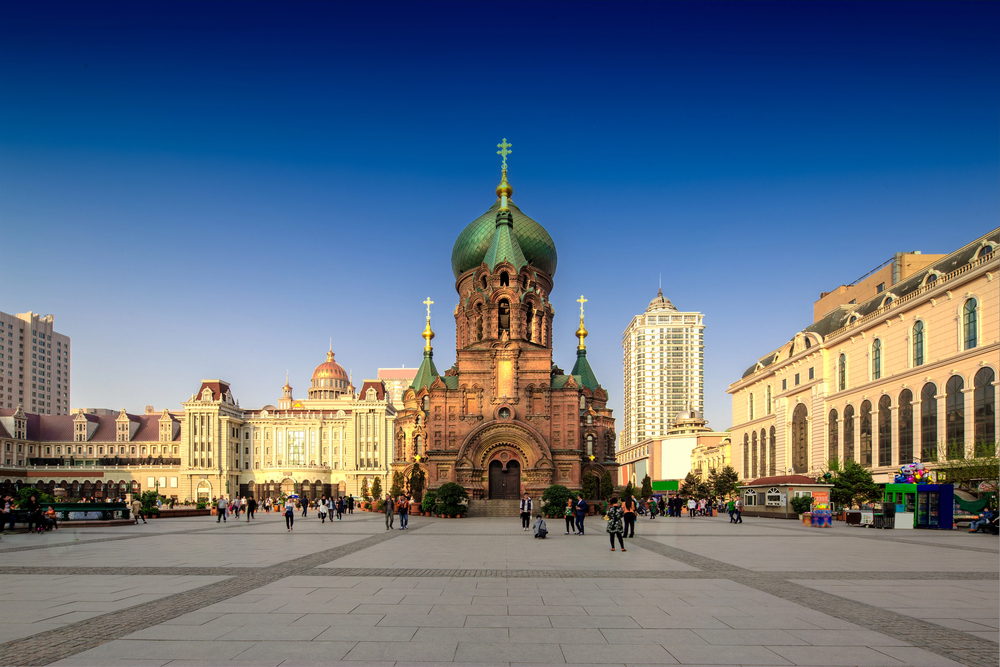
This northeastern Chinese city hosts a thriving tradition of wooden Russian architecture from the early 20th century, creating a unique blend of Eastern and Western timber construction techniques. The Central Street historic district features wooden buildings with distinctive carved decorative elements that combine Russian ornamental traditions with Chinese motifs, demonstrating how wood architecture adapts as it crosses cultural boundaries.
During the harsh winter months, the city transforms into a celebration of another form of natural material craftsmanship through its famous ice festival, providing an interesting counterpoint to the permanent wooden structures. The region’s abundant larch forests – prized for their rot-resistant properties – continue supplying timber for both traditional and contemporary wooden architecture throughout northeastern Asia.
Like Travel Pug’s content? Follow us on MSN.
Frutillar, Chile
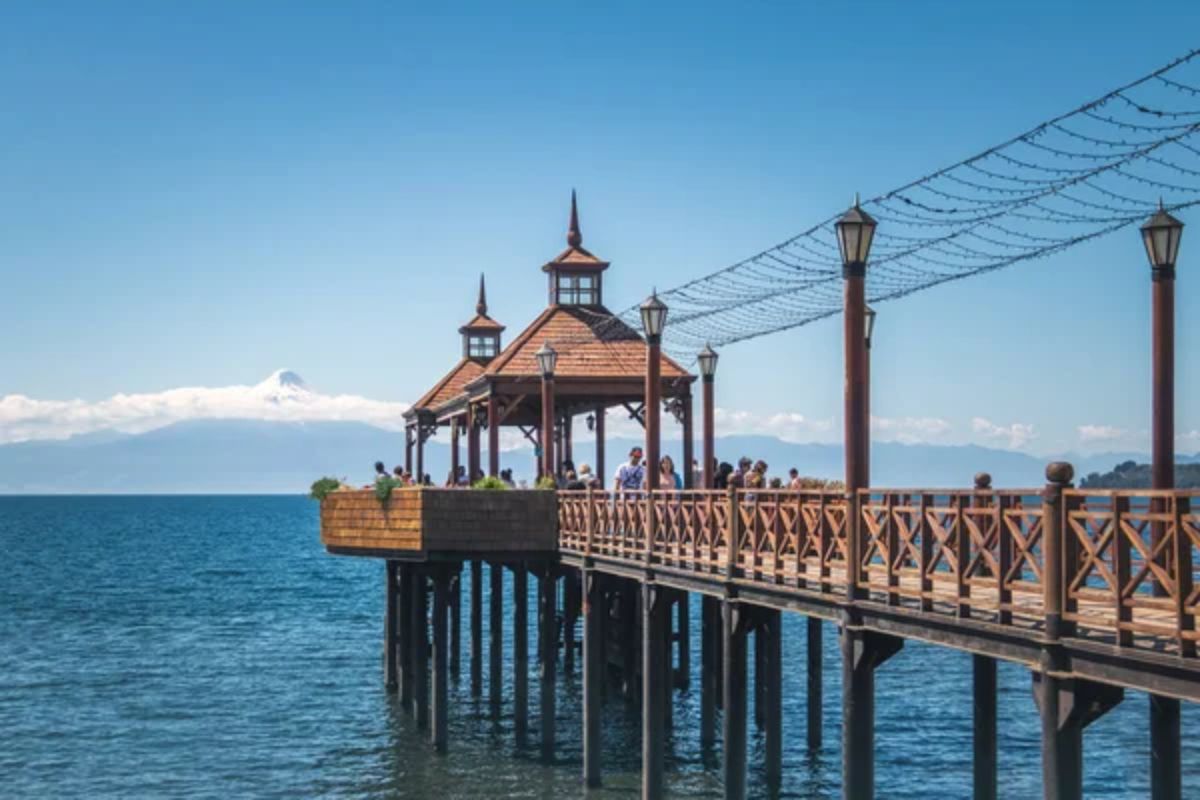
This lakeside town showcases distinctive German-influenced wooden architecture transported to South America by 19th-century settlers, who adapted European timber techniques to local materials and conditions. The town’s colorful wooden houses feature intricate fretwork details on gables and verandas, often painted in contrasting colors to highlight the craftsmanship.
Unlike European counterparts built primarily for cold weather, these structures incorporate architectural elements designed for Lake Llanquihue’s variable climate, with covered outdoor spaces that celebrate rather than shelter from the natural environment. The town’s wooden Teatro del Lago concert hall demonstrates how traditional timber building techniques continue to evolve into contemporary architectural expressions, using wood not merely for historical recreation but for its acoustic and aesthetic qualities.
Kizhi Island, Russia
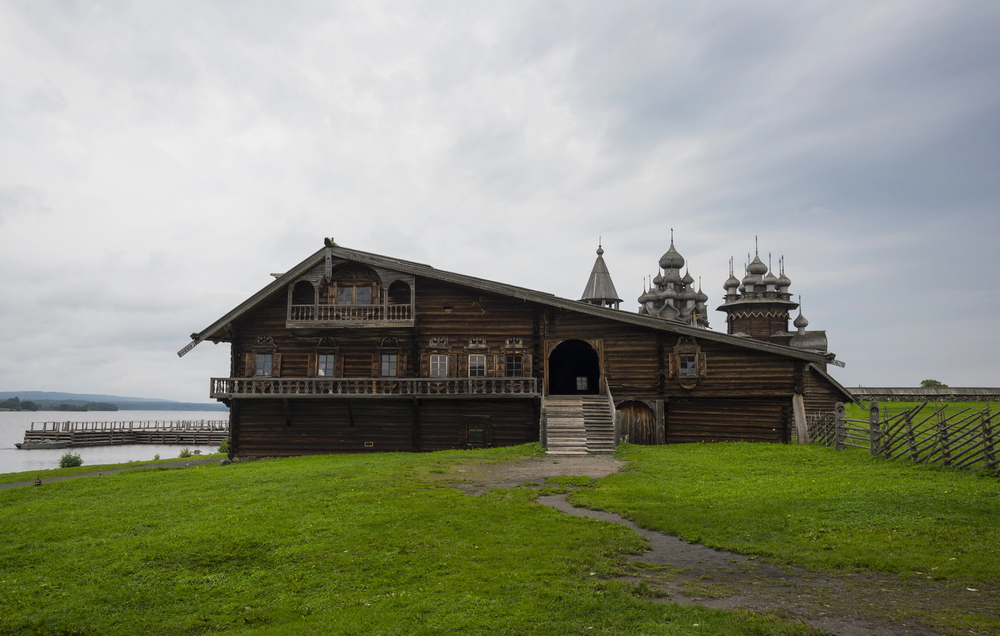
This island in Lake Onega hosts the remarkable Kizhi Pogost, featuring wooden churches constructed entirely without nails, including the 22-dome Church of the Transfiguration built in 1714. These structures showcase the Russian carpentry tradition of building exclusively with axes rather than saws, creating joinery that tightens rather than loosens as the wood ages and settles.
The island’s open-air museum preserves wooden buildings from across Karelia, including distinctive multi-story farmhouses where humans and animals shared the same structure during harsh northern winters. The site’s restoration workshops maintain traditional woodworking methods that have largely disappeared elsewhere, including log preparation techniques that maximize timber’s natural durability without chemical treatments.
Tōno, Japan
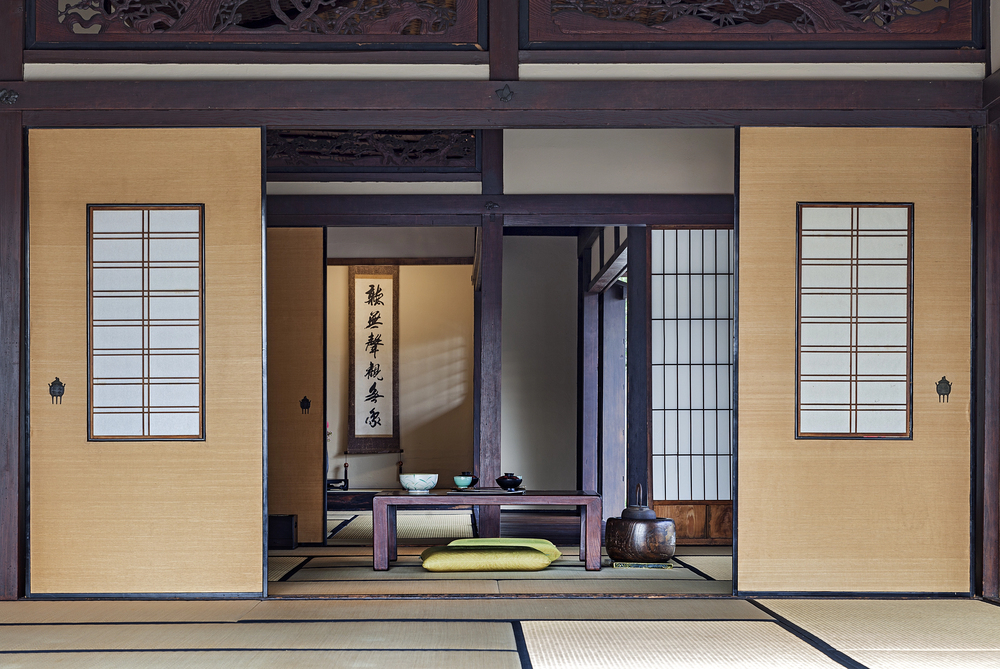
This rural community in northern Japan maintains some of the country’s oldest wooden folk architecture, including distinctive magariya L-shaped farmhouses where families and horses traditionally lived under the same roof. Unlike more famous Japanese wooden architecture, these structures represent vernacular building traditions developed by ordinary farmers rather than specialized craftsmen, demonstrating wood’s accessibility as a building material across social classes.
The region’s traditional woodcraft includes distinctive horse harnesses and farming implements carved from local hardwoods, showcasing utilitarian rather than decorative wooden craftsmanship. The surrounding beech forests that have supplied timber for these structures for centuries remain accessible through well-maintained hiking trails, connecting visitors to both the finished wooden artifacts and their living source.
Like Travel Pug’s content? Follow us on MSN.
Trondheim, Norway
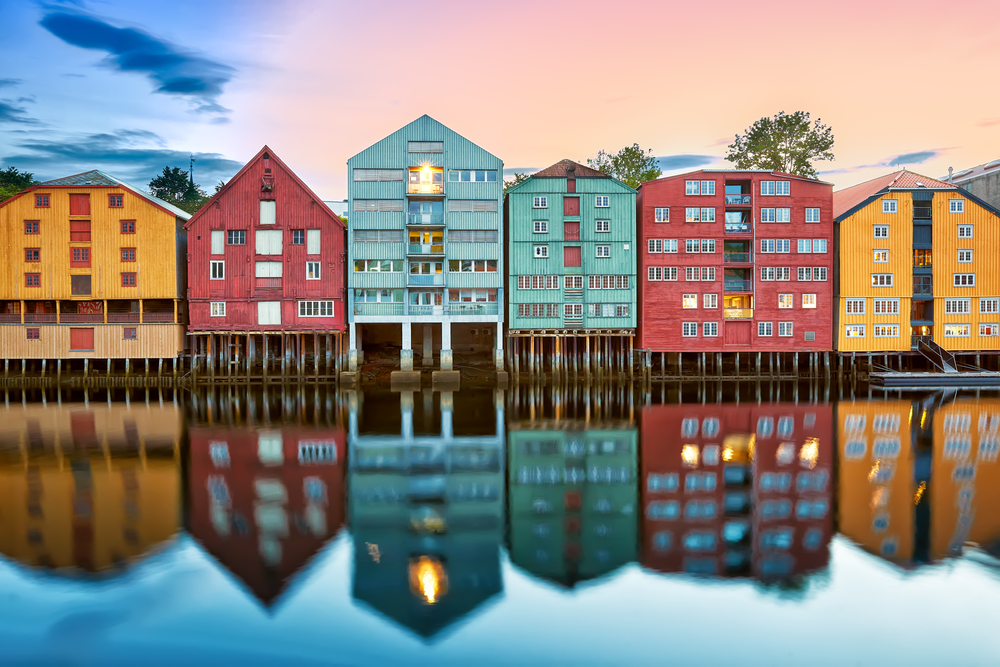
This historic city features wooden architecture spanning from medieval to modern periods, creating a living timeline of Nordic timber building evolution. The Nidaros Cathedral’s massive wooden roof structure represents medieval engineering at its finest, supporting stone vaults while remaining completely invisible to visitors below.
The city’s colorful wooden warehouses lining the river demonstrate how commercial timber architecture differs from residential, with practical adaptations for merchandise storage and handling. Unlike many historic wooden cities, Trondheim continues to build significant structures in timber, including innovative mass timber buildings that demonstrate wood’s relevance to contemporary sustainable architecture beyond traditional applications.
Giethoorn, Netherlands
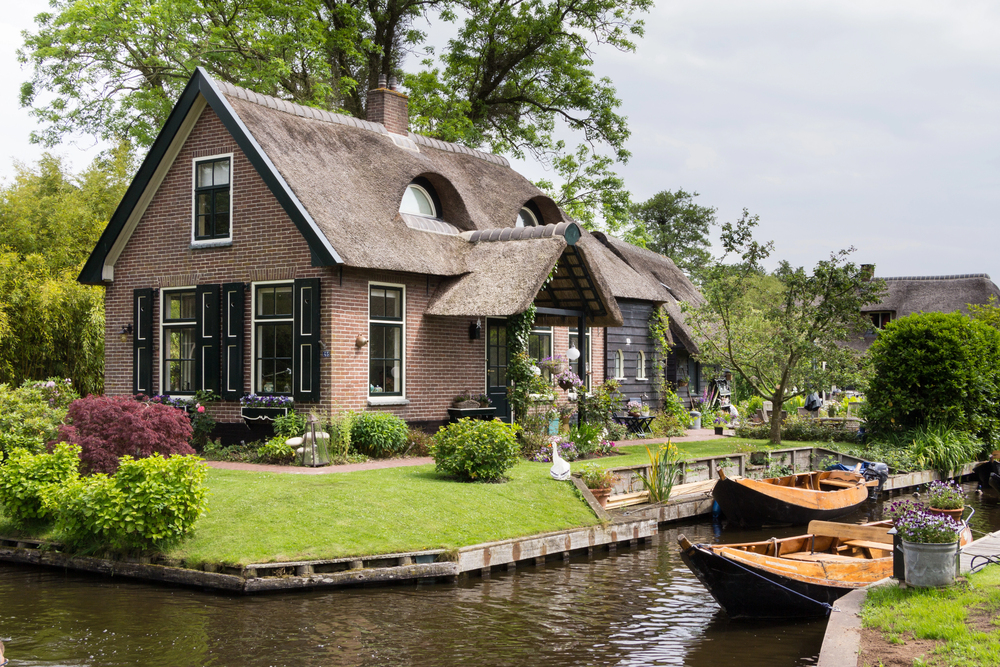
Often called the “Venice of the North,” this village built around canals features distinctive thatched-roof timber cottages accessible primarily by water. Unlike heavy timber structures found in mountainous regions, these buildings showcase how wood construction adapts to wetland environments, with foundations and building techniques specially developed for waterlogged soil conditions.
The village’s wooden footbridges connecting properties across canals demonstrate how timber serves not just a building material but as infrastructure, creating connections through the watery landscape. Wooden punts (boats) traditional to the region showcase another dimension of timber craftsmanship, with boat-building techniques having evolved alongside architectural methods to create vessels perfectly suited to the shallow canals.
Safranbolu, Turkey
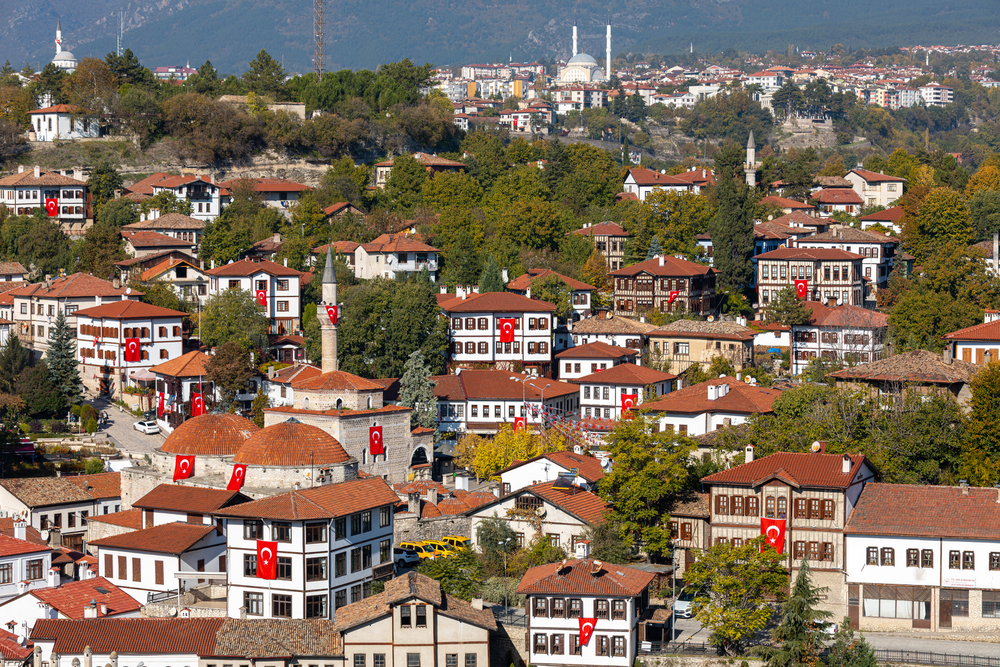
This exceptionally well-preserved Ottoman town features wooden urban mansions (konaks) that combine timber frame construction with adobe infill to create buildings perfectly adapted to their environment. Unlike pure timber construction, these structures showcase wood’s compatibility with other natural materials, creating composite building systems that maximize each material’s strengths.
The town’s wooden buildings feature distinctive projecting upper floors supported by diagonal braces, creating additional living space while sheltering the street below, demonstrating how timber allows architectural creativity to be impossible with heavier materials. Traditional craftsmen continue maintaining these structures using methods unchanged for centuries, preserving not just the buildings themselves but the knowledge system that created them.
Like Travel Pug’s content? Follow us on MSN.
Porvoo, Finland
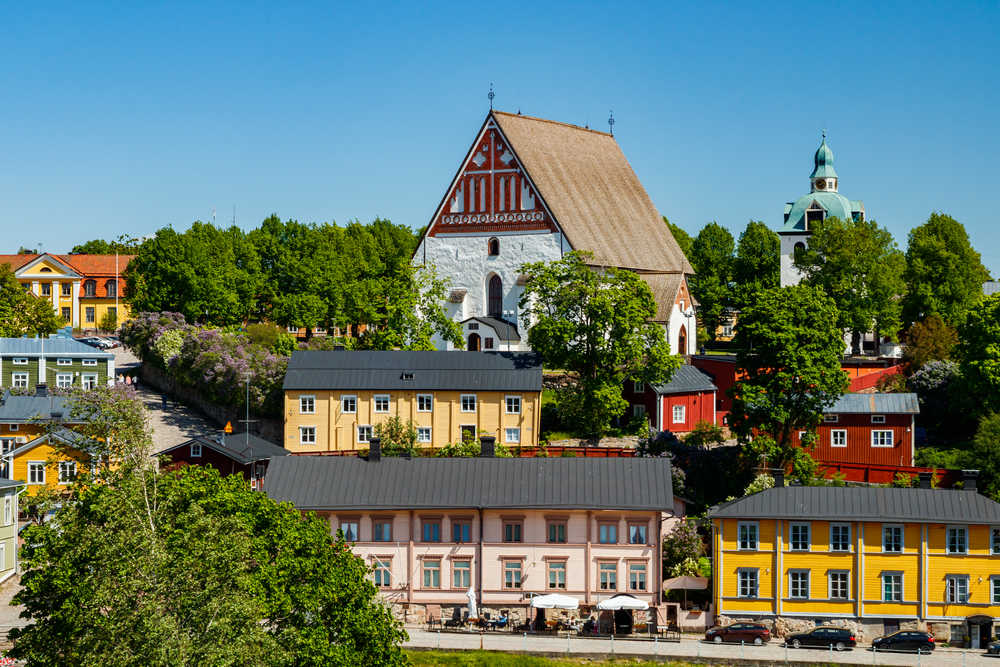
This medieval riverside town features one of Finland’s best-preserved wooden old towns, with distinctive red ochre-painted shore warehouses that have become national icons. Unlike more ornate wooden architecture elsewhere, these structures showcase the Nordic tradition of practical timber construction, with clean lines and minimal decoration emphasizing the material’s natural beauty.
The town continues supporting traditional woodcraft through numerous workshops producing everything from furniture to musical instruments, maintaining the connection between the region’s abundant forests and finished wooden products. Finland’s tradition of timber architecture continues to evolve here through contemporary wooden buildings that incorporate traditional knowledge about moisture management and thermal performance while creating distinctly modern forms.
Beyond Surface Appearances

These destinations offer more than picturesque wooden structures – they provide immersive experiences in cultures that have developed profound relationships with timber over centuries. From the tools used to shape it to the joinery techniques that connect separate pieces into unified wholes, each location reveals different aspects of humanity’s oldest building material.
For travelers seeking a deeper connection with both natural resources and architectural heritage, these wood-centric destinations offer tangible links to traditions that continue shaping our built environment despite the availability of modern alternatives. Perhaps wood’s enduring appeal lies precisely in its organic qualities – unlike concrete or steel, timber retains something of the living tree even centuries after harvesting, connecting human creation back to the natural world that makes it possible.
More from Travel Pug

- Cities Growing so Fast You Won’t Recognize Them in 10 Years
- 13 Destinations Where Tourists Regularly Regret Their Trip
- 20 Obscure WWII Sites Even History Buffs Don’t Know About
- 10 Under-the-Radar Mountain Towns That Are Both Affordable and Beautiful
- 20 Abandoned Places That Feel Like Real-Life Post-Apocalyptic Movie Sets
Like Travel Pug’s content? Follow us on MSN.
